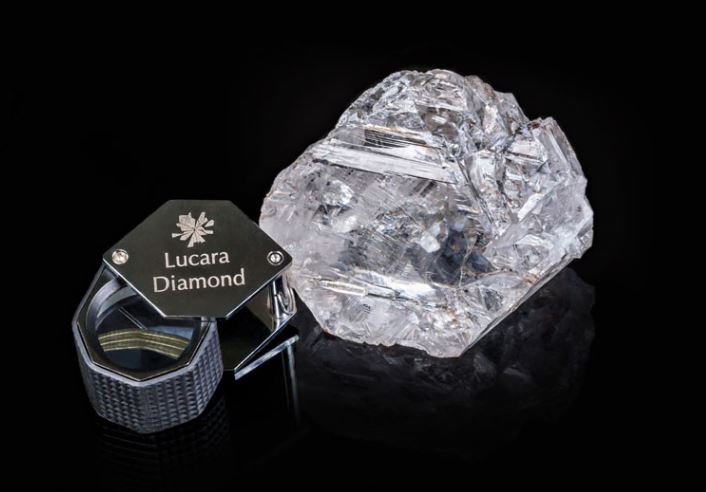Luxury jewelry represents the pinnacle of craftsmanship, design, and personal expression. It transcends mere adornment, embodying stories, emotions, and a rich history. From the sparkle of diamonds to the allure of unique gemstones, luxury jewelry batu permata captivates the heart and enhances personal style. In this article, we delve into the world of luxury jewelry, exploring its heritage, artistry, and the current trends shaping this exquisite market.
A Historical Perspective
The fascination with jewelry dates back to ancient civilizations. Egyptians used gold and precious stones not only for beauty but also for spiritual significance, adorning tombs and mummies with exquisite pieces. Similarly, the Greeks and Romans crafted intricate designs that showcased their artistry and social status.
As time progressed, the Renaissance brought a surge in innovation, with master jewelers like Fabergé and Cartier creating iconic pieces that remain highly sought after today. The evolution of luxury jewelry reflects societal changes, cultural influences, and technological advancements, culminating in the diverse and opulent market we see today.
The Art of Craftsmanship
Luxury jewelry is distinguished by its exceptional craftsmanship. Each piece is often handcrafted by skilled artisans, requiring extensive training and years of experience. The creation process typically involves several stages, from selecting high-quality materials to intricate design and finishing touches.
Selecting Precious Materials
The foundation of luxury jewelry lies in its materials. Jewelers seek out the finest gemstones and metals, focusing on color, clarity, cut, and carat weight. Rare gemstones, such as Burmese rubies and blue sapphires, are particularly prized for their beauty and uniqueness.
Design and Technique
Designers draw inspiration from various sources, including nature, architecture, and cultural motifs. Traditional techniques like hand engraving, filigree, and enameling are often combined with modern technology, resulting in stunning pieces that balance classic elegance with contemporary flair.
The Rise of Ethical Luxury
As consumers become more socially conscious, the demand for ethically sourced luxury jewelry has surged. Brands are increasingly committed to sustainability, focusing on responsible sourcing of materials, fair labor practices, and environmentally friendly production methods. This shift not only enhances the appeal of luxury jewelry but also aligns with the values of a new generation of buyers.
Trends Transforming Luxury Jewelry
The luxury jewelry market is ever-evolving, with several key trends currently shaping its landscape:
1. Customization and Personalization
Today’s consumers are drawn to bespoke jewelry that reflects their individuality. Custom designs, engravings, and unique gemstone combinations allow wearers to create pieces that tell their personal stories.
2. Vintage and Antique Revival
There is a growing appreciation for vintage and antique jewelry, with collectors seeking out unique pieces that carry historical significance. Art Deco and Victorian styles are particularly sought after for their intricate craftsmanship and timeless appeal.
3. Colorful and Unique Gemstones
While diamonds remain a classic choice, many luxury brands are embracing bold colors and unconventional gemstones. Vibrant stones like amethyst, citrine, and tourmaline are gaining popularity, appealing to those looking for distinctive and expressive designs.
Conclusion
Luxury jewelry is a captivating blend of history, artistry, and personal expression. As it continues to evolve, the industry embraces new values and trends while maintaining a commitment to craftsmanship and quality. Whether it’s a timeless piece passed down through generations or a contemporary design that reflects individual style, luxury jewelry will always hold a special place in the hearts of those who appreciate its beauty and significance. In a world where personal expression is paramount, luxury jewelry remains an enduring symbol of elegance and sophistication.